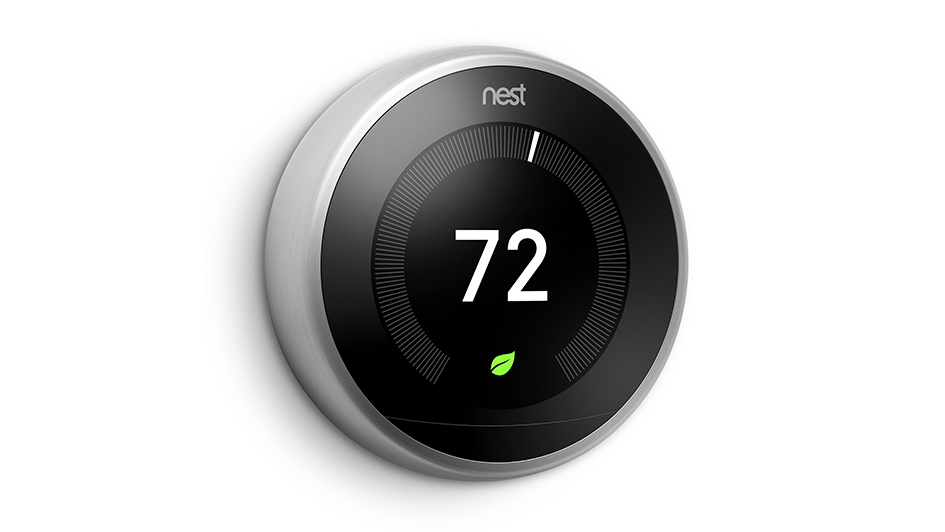
The Nest thermostat is one of the most popular smart thermostats on the market today. And for good reason. It figures out your temperature preferences and makes an energy-efficient schedule to match. And using geofencing with your phone, the Nest Learning Thermostat and Nest E are aware of when you’re at your residence or away and can change temps to help you save even more.
The Nest is compatible with a vast range of 24-volt heating and cooling systems, but it’s always a good idea to use the Nest thermostat compatibility checker before purchasing one. Don’t forget to check with your energy provider for valuable rebates, as you might be able to get a Nest for free or close to it.
Once you’ve checked it’s compatible, you can either hook it up without help or call a HVAC specialist like Northwest Services. If you’re installing it yourself, you’ll spot a terminal for the C-wire, or common wire. This wire is only used for powering your thermostat. If your residence or HVAC system is older, you might not have one of these wires. In most cases, Nest says this isn’t a problem as the thermostat can get adequate power from other heating and cooling wires.
Sometimes, your heating and cooling system might have to have that C-wire. And here’s why.
Why Your Nest Keeps Losing Power and Other Issues
The Google Nest Thermostat is better than aging programmable thermostats that rely on a combination of wiring and AA batteries for power. It uses a rechargeable lithium-ion battery and wiring to connect to Wi-Fi, power its digital display and operate your heating and cooling system.
8 Common Nest Thermostat Issues
If it can’t draw adequate electricity, Nest says you could encounter some of these troubles:
- Poor battery life.
- Thermostat motion sensing won’t work.
- Your thermostat every now and then disconnects from Wi-Fi.
- Your system suddenly turns on or off, or won’t shut off.
- Your system is producing strange noises, such as chattering, stuttering, clicking or thumping.
- Heating or cooling is short cycling, or repeatedly turning on and off in a short period of time.
- There is a delay notification on your Nest thermostat’s screen, such as “heating is delayed for 2:30 minutes.”
- The system fan is continuously running, won’t turn on or turns off and on frequently in a short period of time.
You may think something is suspect with your heating and cooling system, but if you just started using the Nest, we suggest you start with your thermostat right away. This is especially timely if the weather is mild, and you haven’t been using your heat or air conditioning much.
Our Pros Can Solve Nest Thermostat Issues
If you’ve tried Nest thermostat troubleshooting without help but can’t fix the dilemma, a smart thermostat pro such as one from Northwest Services can provide support. We can diagnose the malfunction and install a C-wire, if required.
Smart thermostats like the Nest are made to make your life more convenient, with automatic energy-efficient programming and the ability to check temperatures while you’re on the go. It’s a frustrating experience when yours won’t run correctly, but our heating and cooling experts at Northwest Services can fix the issue fast.
If you’re experiencing weird heating and cooling behavior with your new Nest, call us at 419-548-5017 to set up your appointment now.
